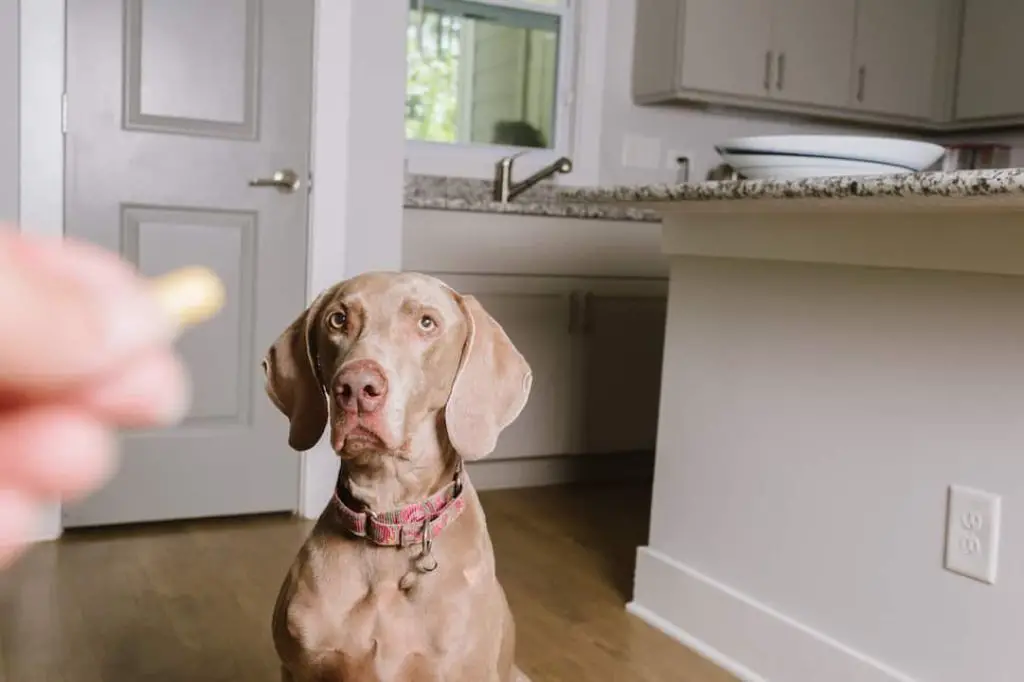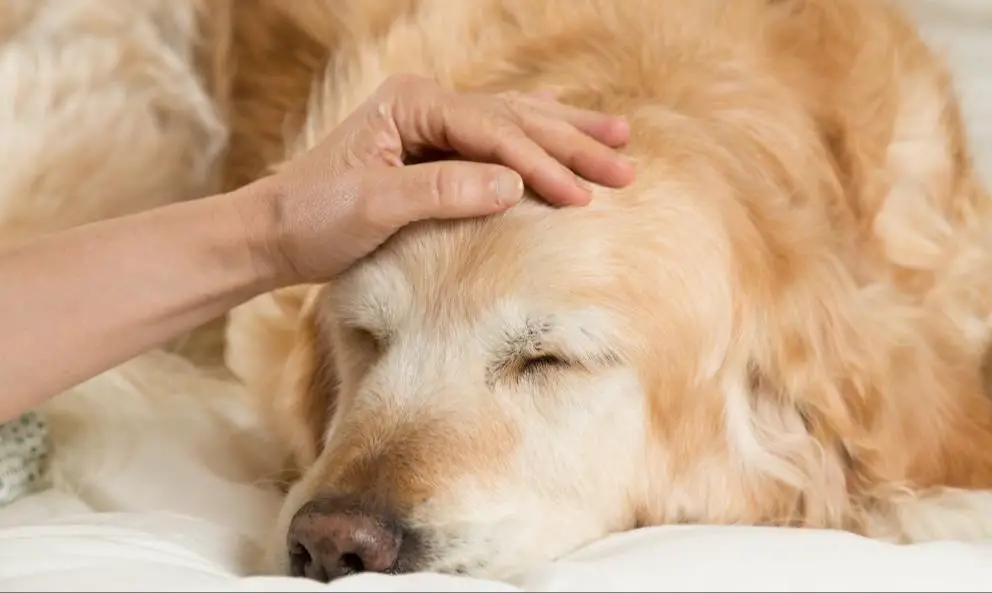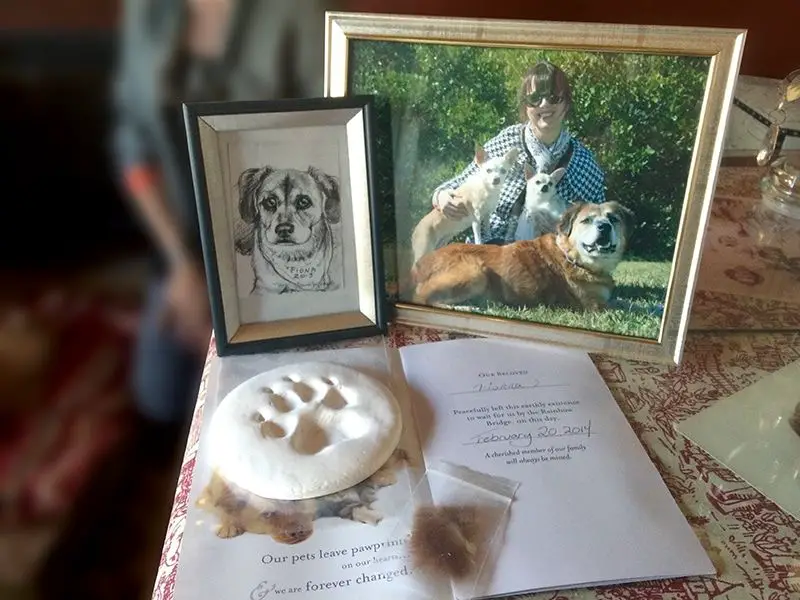Introduction
Deciding to euthanize a beloved pet is an extremely difficult choice that no pet owner wants to make. However, when a dog is elderly, chronically ill or suffering tremendously, euthanasia may be the most humane option. While euthanasia should always be performed by a licensed veterinarian, some owners consider using medication on their own to end a pet’s suffering. Hydrocodone is a prescription opioid painkiller that some may believe can be used for DIY pet euthanasia. However, this raises complex medical, legal and ethical concerns.
What is Hydrocodone?
Hydrocodone is an opioid drug that is used to treat moderate to severe pain. It is typically combined with other medications like acetaminophen or ibuprofen in prescription pain relievers such as Vicodin, Norco, and Lortab. When used properly and under medical supervision, hydrocodone can provide effective pain relief. However, it also comes with the risk of addiction and overdose if misused or abused.
Hydrocodone is in a class of medications called opioid analgesics. It works in the brain to change how the body feels and responds to pain. Hydrocodone is intended only for short term use under the guidance of a medical professional. It is not meant to be used long-term due to the potential for dependence and addiction.
Is Hydrocodone Approved for Euthanasia?

The short answer is no. Hydrocodone is an opioid drug that is used in humans and animals for treating pain. It is available by prescription only and is regulated as a controlled substance by the U.S. Drug Enforcement Administration (DEA).
While hydrocodone is sometimes used “extra-label” by veterinarians for euthanasia, it is not approved by the U.S. Food and Drug Administration (FDA) for this purpose. The FDA has only approved a handful of injectable drugs for the humane euthanasia of animals, and hydrocodone is not one of them.
Note that hydrocodone is not FDA approved for euthanasia. Using it for this purpose would be considered an “off-label” use of the medication. There are significant risks and ethical concerns around using an unapproved drug for euthanasia, which we’ll explore more below.
Dangers of Using Hydrocodone
While hydrocodone may seem like an easy way to euthanize a pet at home, there are significant dangers and ethical concerns with this approach that pet owners must consider.
First and foremost is the risk of overdose. Hydrocodone is an opioid narcotic that is highly potent and toxic at high dosages. Determining the correct dose to humanely euthanize a pet without causing distress or suffering is extremely difficult without veterinary guidance. Too low of a dose could lead to a prolonged, painful death, while too high increases the risks of adverse side effects.

Possible side effects from hydrocodone overdose include nausea, vomiting, extreme respiratory depression or failure, hypotension, coma, seizures, and cardiac arrest. Witnessing these effects as an owner can be emotionally traumatic and inhumane for the pet. Additionally, if the overdose is not enough to fully euthanize the animal, they may be left in severe distress needing immediate veterinary care.
There are also ethical concerns with pet owners attempting to euthanize pets at home without veterinary supervision. While euthanasia can be justified in certain situations, it requires carefully weighing quality of life factors and should be done in a professional setting whenever possible. Attempting to take matters into one’s own hands without proper medical knowledge puts the pet at risk and undermines the veterinarian-client-patient relationship.
In summary, while pet owners may see home euthanasia with hydrocodone as an act of mercy, the significant risks of overdose, adverse effects, and ethical concerns make it an inappropriate choice when veterinary euthanasia is accessible.
More Humane Euthanasia Options
While hydrocodone is not approved for pet euthanasia, there are more humane options available. Veterinarians have access to medications that can gently and peacefully end a pet’s life.
The most common drug used for pet euthanasia is an injectable solution containing pentobarbital. Pentobarbital is a barbiturate that quickly induces unconsciousness followed by respiratory and cardiac arrest. It is administered by intravenous injection, typically in one of the pet’s limbs. Pentobarbital euthanasia solutions are designed to minimize pain and provide a peaceful passing.
Some vets may use injectable anesthetic drugs like propofol or telazol to first sedate the pet before administering the euthanasia solution. This ensures the pet is completely comfortable and unaware during the process.
Euthanasia should always be performed by a licensed veterinarian. They can ensure proper dosage of the drugs for the individual pet’s size and species. The vet will also know the best injection sites and techniques to minimize discomfort. Having a professional perform euthanasia helps guarantee a peaceful passing for beloved pets when the time comes.
When Euthanasia May Be Necessary
As difficult as it is, euthanasia may need to be considered in certain situations when a dog is terminally ill, severely suffering, or displays dangerous levels of aggression that cannot be resolved through training and medication.
In cases of terminal illness, euthanasia may be the most humane option if the dog is in the late stages and treatment is no longer effective. This includes diseases like cancer, kidney failure, liver failure, etc. The key factor is the dog’s quality of life – if the illness has progressed to the point where the dog is constantly in pain, unable to eat or drink, extremely weak and lethargic, etc., euthanasia may help end unbearable suffering.
Severe or chronic pain that cannot be managed through medication is another instance where euthanasia may need to be considered. Persistent pain robs a dog of any joy or comfort. If all pain treatment options have been exhausted without success, euthanasia may be the only way to relieve the dog’s distress.
In rare cases, a dog may display extreme aggression that cannot be resolved through training, medication, or behavioral modification. If the dog is a danger to people or other pets, and no solutions have successfully curbed the aggressive behavior, euthanasia may be the only option to prevent harm. However, this would only apply in the most severe situations where rehabilitation has failed repeatedly.
The decision to euthanize is complex, and should involve carefully weighing the dog’s prognosis and quality of life versus the desire to prolong life. While heartbreaking, in certain cases euthanasia can be an act of mercy when a dog is beyond medical help and is simply suffering.
Making the Decision
Deciding to euthanize a beloved pet is one of the most difficult decisions a pet owner can face. It’s important to thoroughly consider if euthanasia is the right choice for your pet and your family.

First, consult with your veterinarian to get their professional opinion on your pet’s health and quality of life. Have an open and honest discussion about all options as well as your pet’s prognosis. Your vet can help you determine if your pet is suffering or has a poor quality of life that can’t be improved with treatment.
Also consider your pet’s age, any illnesses, chronic pain, loss of mobility, incontinence, appetite issues, and behavior changes. Make sure you understand your pet’s condition fully. Don’t rush to a decision, take time to process everything.
In addition to medical issues, assess your pet’s daily experiences. Are they still enjoying activities and interacting positively with family members? Or have they lost interest and enthusiasm for life?
Euthanasia may be the right choice if your pet is experiencing constant pain that can’t be managed with medication, if they have declining organ function, or if their quality of life is very poor. The goal is to prevent unnecessary suffering.
This is also a family decision. Talk with all family members, especially children, to make sure everyone agrees. Allow children to discuss their feelings and say goodbye.
Always act in your pet’s best interest. While it’s normal to feel devastated, do what’s right for your pet without prolonging suffering.
Coping with Loss
Losing a beloved pet can be absolutely devastating. Pets become like members of the family, and saying goodbye is incredibly hard. It’s important to allow yourself to fully process the grief and not feel rushed. Some things that may help:
- Talk about your pet with family and friends and share happy memories. This can be therapeutic.
- Create a memorial, such as an album of your favorite photos and stories.
- Have a ceremony and bury your pet in a special place.
- Get a paw print or snip of fur to keep as a memento.
- Make a donation to an animal charity in your pet’s memory.
- Plant a tree or flowers in your garden as a living memorial.
- Take time off work if needed as you grieve the loss.
- Consider getting another pet when the time feels right.
- Join a pet loss support group, either locally or online.
- Talk to your vet as they can offer resources and referrals.
- Consider speaking to a pet bereavement counselor.
- Give yourself as much time as you need to heal.
Losing a pet is painful but focusing on the happy times and memories can help the grieving process. With time, support, and compassion, most are able to heal.
Disposing of Remains
After euthanizing your dog, you will need to make arrangements for the proper disposal of their remains. There are a few options to consider:

Burial – Many pet owners choose to bury their dogs in their backyard or at a pet cemetery. Check your local regulations, as some areas prohibit burying animals on your property or have strict guidelines to follow. Be sure to bury the remains deep enough to prevent other animals from digging them up.
Cremation – Most veterinary offices and pet funeral homes can arrange for your dog to be privately cremated, with the ashes returned in an urn. This allows you to keep your dog’s ashes to scatter or display as you choose. Some facilities will do a group cremation if cost is a concern.
Pet funeral home – These specialized businesses can pickup your pet, arrange for cremation or burial, and provide additional services like paw print impressions, locks of fur, and urn selection. This compassionate end-of-life care may help provide closure.
When deciding how to handle your pet’s remains, take into account your own wishes, religious or cultural traditions, costs, and what will help you grieve. Planning ahead can ease this difficult process during an already sad time.
Conclusion
When faced with the painful choice of euthanasia, pet owners deserve empathy, compassion, and support. Though heartbreaking to say goodbye, euthanizing a terminally ill or suffering pet can be the most caring option. Make sure to explore all alternatives first and have honest discussions with your veterinarian. Take time to grieve and cherish fond memories. Consider a paw print or lock of fur to memorialize your pet. Most importantly, know that you made this decision out of love. With patience and care, your broken heart will mend.
If euthanasia becomes necessary, refrain from experimental methods like hydrocodone. Work with an experienced vet to ensure your pet’s passing is peaceful and pain-free. Though emotionally devastating, view euthanasia as a final act of kindness. Your pet rests easy knowing they were deeply loved. Honor their memory by opening your heart to another animal needing a home.